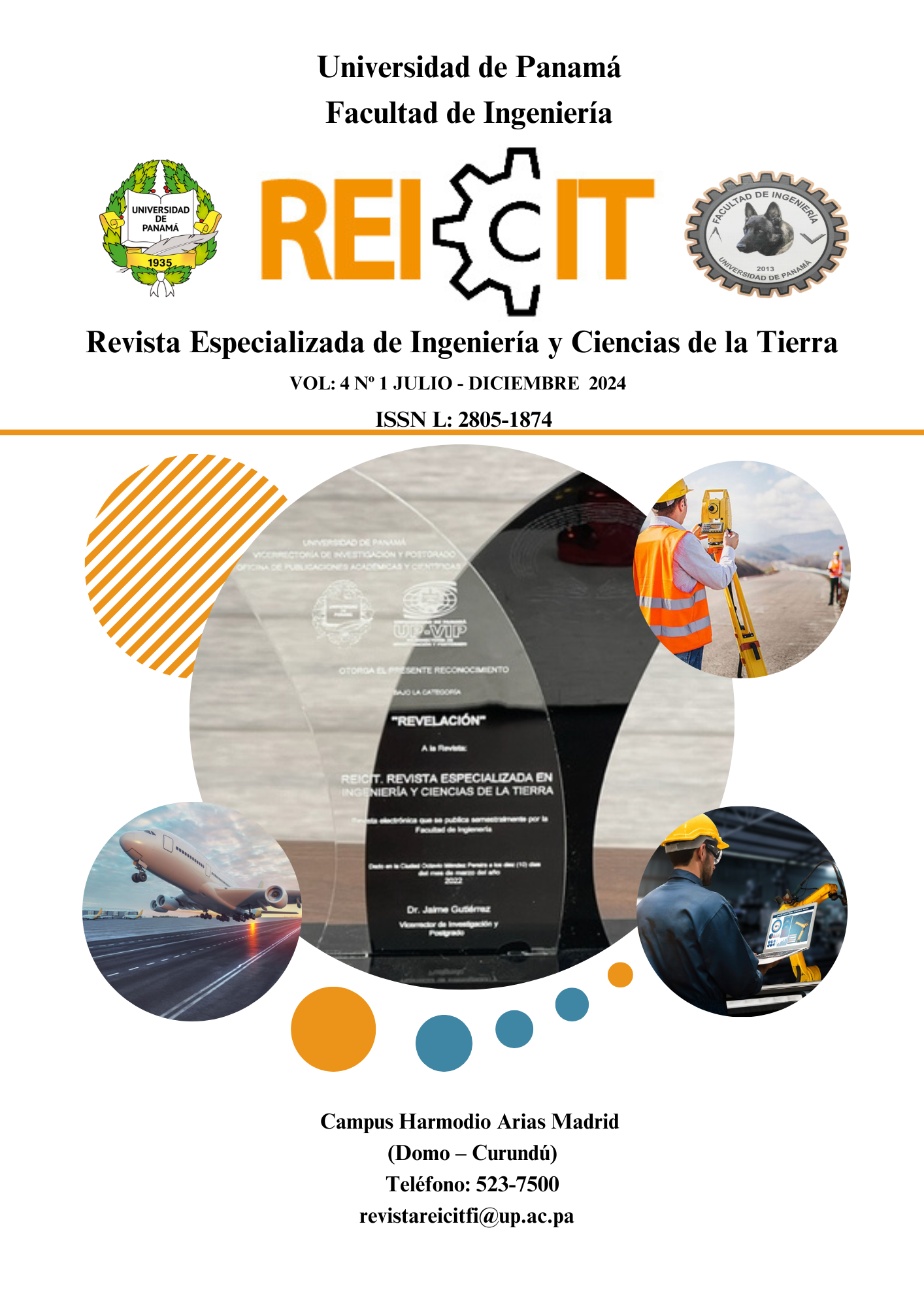

Copyright (c) 2024 REICIT

This work is licensed under a Creative Commons Attribution-NonCommercial-ShareAlike 4.0 International License.
The planet throughout its history has experienced extreme changes in climate. In the Pleistocene, extensive periods of glaciations and interglaciations occurred that covered most of North America and Europe with thick layers of ice several kilometers thick. In the case of the Isthmus of Panama, the island of Coiba was annexed to the continental territory. The study was based on analyzing the rise in sea level due to GHG emissions and erosion on the coasts of Punta Chame on the Pacific coast of Panama. The methodology used was descriptive with a quantitative and experimental approach, collecting prospective data in a cross-sectional manner. The affected areas were measured by comparing satellite images, we considered the period from 2003 to 2023. Using the ArcGIS Pro software to digitize the changes in the coastlines and then the Symmetric Difference Analysis tool of the same software was applied. to find the behavior of the coastlines with the greatest erosive effect. The result of the image comparison was marine transgression, with greater emphasis on the northeastern and southwestern coastlines of Punta Chame. It is concluded that sea level rise poses an inevitable challenge for the isthmus of Panama, which has coasts in the Caribbean Sea and the Pacific Ocean, both characterized by coastal plains. The use of ArcGIS PRO software allowed us to obtain reference points to understand marine transgression in the last 20 years and calculate the percentage of erosion on the coasts. The use of this software could be the alternative to monitor our coasts in the absence of tide gauge equipment on them.